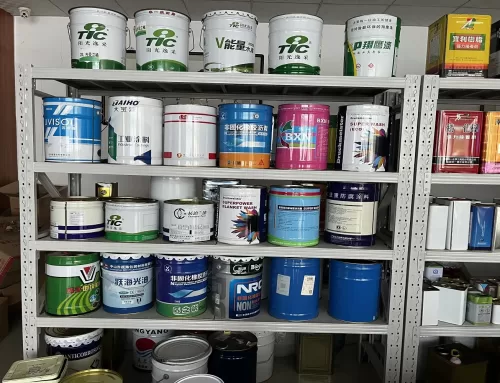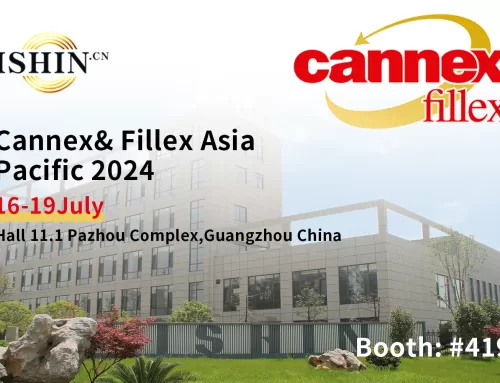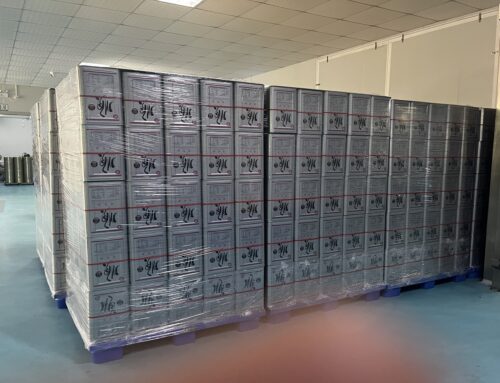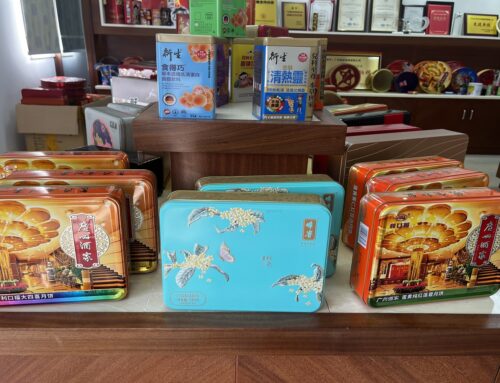During the can-making process, the phenomenon of false welding and cold welding is a fatal defect for the can-making process, which directly affects the functional problems of the finished product. For the reasons for the above phenomenon, we are looking for factors such as overlap, welding current and even copper wire resistance. Are these only factors that will cause fatal flaws? Why is the phenomenon of cold welding and false welding of finished cans prone to occur when we promote the use of inverse crystal plate materials? Among them, there must be points that we lack consideration!
The thickness of tin-plated steel sheet for can making is 0.20mm. When it is round, it is a plate with a certain thickness and curled into a circle.
Actually in the process of making a circle, the ring is actually formed into a circle, and the upper and lower surfaces have the same length. Without considering the stretching of the metal material, and the outer ring is the same as the inner ring, the gap at the joint should be 0.2*3.14*2=1.256mm. Because the ear-making rate of tinplate is 2.5%, in actual stretching, the gap will not be as large as 1.256mm, but its section will inevitably be in a stretched state. This is inevitable. According to 50% deformation, the gap is 0.628mm.
Due to the mechanical properties of metal materials (tensile strength, yield strength and elongation), the actual state is different from the simulation indication due to the interference of sizing gauges and other equipment during the main forming process.
In the production process, the reason for the different current levels due to different steel base grades lies in the different mechanical properties (yield and elongation) of the materials, which lead to different changes in the actual conditions during the overlap, and the size of the contact surface Different, the resistance value is different, resulting in different current sizes. Therefore, the magnitude of the current is affected by the difference in the mechanical properties of the substrate.
The reason why the thin side welding is different from the normal product is that the mechanical strength of the thin side is different from that in the normal rolling position, which causes the welding current to be different. In addition, in terms of the mechanical properties of metal materials, the mechanical strength of the rolling direction is different from that of the vertical rolling. A large amount of data from the rolling mill can prove the difference. In 2018, the Fujian factory once produced inverse crystal steel plates, and found that inverse crystal steel plates are prone to poor welding such as cold welding and virtual welding during production. There is a big difference between the inverted crystal board and the para-crystalline board. The welding method of the para-crystalline board is suitable for production. When the inverted crystal board is produced, cold welding and false welding will occur frequently. The root cause is not the problem of the substrate, but the different mechanical strengths in the two different directions of the crystal and the reverse crystal determine the different welding process requirements.
All signs indicate that cold welding has a more direct influence on the mechanical strength of the steel base!
On the other hand, through the characteristics of on-site cutting, it can be found that the direction of burr generation when the sheet passes through the cutting machine is: no burr on the outer printing surface or upward burr (marked in red in the figure below); inner coated surface, no burr Or glitches in the downward direction.
The burrs on the two contact points (red in the picture above, in larger cases, will reduce the middle of the contact surface (upped by the burrs), forming a hollow. At this time, under the action of resistance welding, fusion (welding) occurs The point is only in the vicinity of the burr contact point, thus forming a cold weld or a virtual weld.
In addition to the distance between the upper and lower blades, it is still a situation that affects the generation of burrs. It is often ignored-the tensile strength and yield strength of the material, and the difference between the tensile strength and the yield strength (tolerance space)-when the resistance When the tolerance space between pulling and yielding is too large, a phenomenon will occur: after the material is broken, the plastic deformation of the material far exceeds. At this time, the degree of burrs will naturally increase when the upper and lower staggered die extrusions are performed during cutting. , The bigger the burr left under the incision!
Therefore, the reasons for cold welding, false welding or false welding, in addition to the own welding machine, also need to pay special attention to the mechanical strength of the thin steel plate and the burrs produced by cutting, so the monitoring of the mechanical strength of the base material can be appropriately increased. And requirements.




